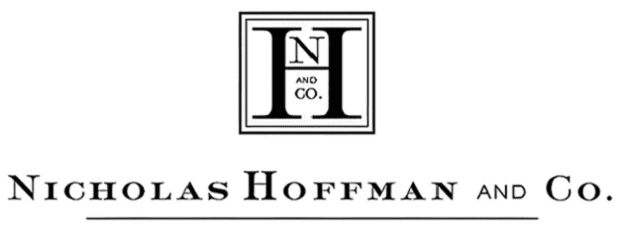
Q3 2017 Letter
October 2017
It continues to be a good year for equity investors across the board. The S&P 500 Index finished the quarter up 14.2% year to date, including reinvested dividends. The Russell 2000 Index of small and mid-cap stocks was up 10.9%, developed international stocks were up 20%, and emerging market stocks were up 27.8% over the same period.
Many of the themes we have written about recently remain in effect including slow but positive economic growth, low interest rates, subdued inflation, and low market volatility. In addition, the stock market continues to move higher, building on the second longest bull market advance in history. Central bank policy is garnering more attention now that the Federal Reserve has announced its intention to gradually reduce the size of its balance sheet, shifting from a policy of quantitative easing to a policy some have called quantitative tightening.
Prior to 2008, the Federal Reserve’s balance sheet had been modest and stable for many years. In response to the Great Financial Crisis, the Federal Reserve and other central banks embarked on a series of unconventional policies which included large scale asset purchases known as quantitative easing. In simple terms, quantitative easing works like this: a central bank creates money and uses it to purchase securities in the open market. Central bank purchases inject cash into the system and take tradeable securities out of the system. The supply of cash goes up and the supply of securities goes down. This is intended to provide liquidity, lower interest rates, and increase the price of financial assets creating a wealth effect that will in turn spur growth.
It took 100 years for the Fed’s balance sheet to reach $800 billion. From 2008 to 2014 it grew to $4.5 trillion. In other words, the Fed more than quintupled the size of its balance sheet in order to stimulate borrowing and spending. Similar actions have been taken by the European Central Bank (ECB) and the Bank of Japan. As a result, global central bank balance sheets have grown to a whopping $14 trillion. To put this in context, in order to blow through a trillion dollars in a single year you would have to find a way spend $1.9 million every minute (with no sleeping allowed).
In the era of quantitative easing, global central banks have been price insensitive buyers of mortgage and other asset-backed securities, government bonds, corporate debt, and even equity securities. The Fed now owns approximately 30% of all outstanding mortgage-backed securities as compared with none before the financial crisis. The ECB has purchased the bonds of Nestle, Unilever, Shell and other publicly traded companies due to a scarcity of government bonds. The Bank of Japan owns 40% of all Japanese government bonds and a remarkable 71% of all shares in Japan-listed ETFs.
Many believe these massive and unprecedented purchases have distorted financial markets. Interest rates are lower than in prior bull markets, credit spreads are tighter than usual, and equity prices are higher than they ever have been, except for a brief period leading up to the peak of the technology bubble in 2000. A recent cover story in The Economist describes it as “the bull market in everything” and asks “is it time to worry?” While investors can always find sources of worry, long stretches of high returns and low volatility can lull investors into forgetting that risk exists.
All investors should take note that the heady days of quantitative easing are coming to an end. The Federal Reserve is beginning to reduce its balance sheet by $10 billion a month, gradually increasing the pace to $50 billion a month next year. The ECB is expected to gradually reduce purchases from $90 billion a month to around $50 billion a month and then completely end purchases by the end of next year. The good news is that these moves have been well telegraphed in advance and markets have reacted favorably thus far. The pace is slow and gradual but it remains a fundamental shift in the environment that has been so supportive of risk assets globally. We will continue to monitor these developments closely.
Source: DoubleLine Funds
We are pleased to announce that Lloyd Flood has joined our firm. Lloyd brings three decades of experience working as a portfolio manager, trader, and financial analyst. He is a CFA charterholder and holds an undergraduate degree in Business Administration from Auburn University and an MBA from Mercer. We are delighted to welcome Lloyd to the team.
As always, we welcome your thoughts and appreciate the confidence you have placed in our firm. We are grateful for the opportunity to work with you and your family.
Nicholas Hoffman & Co.
